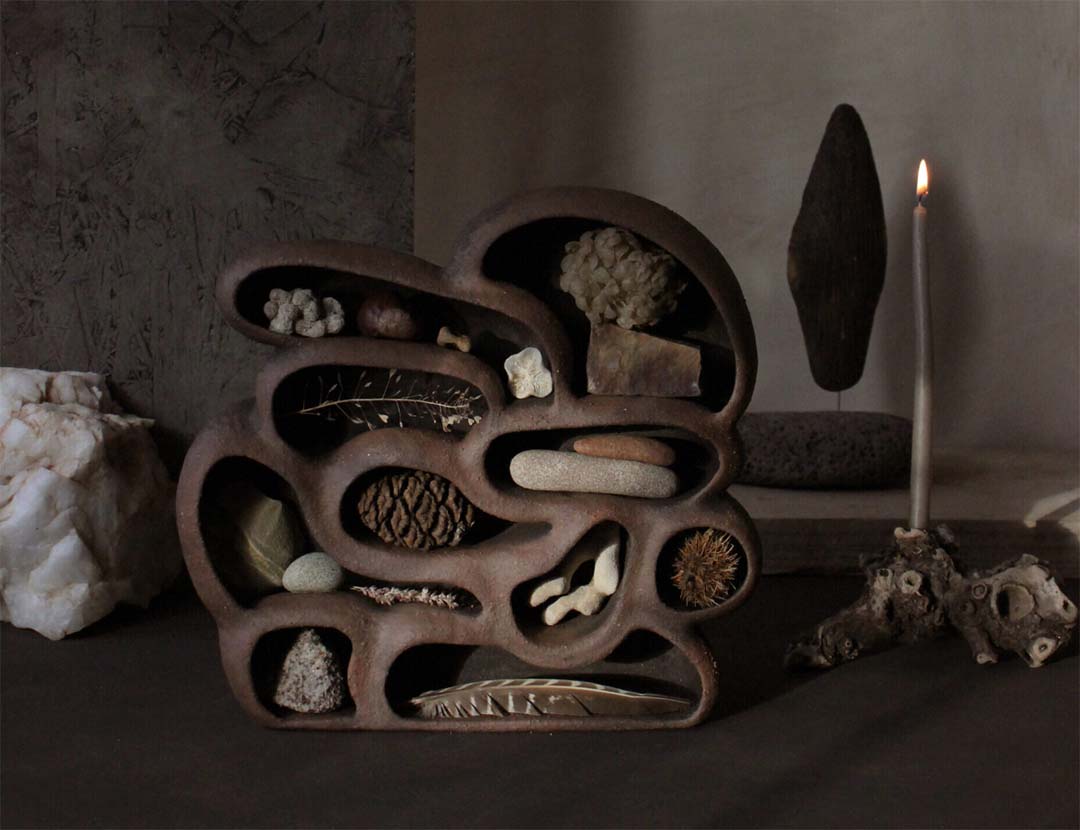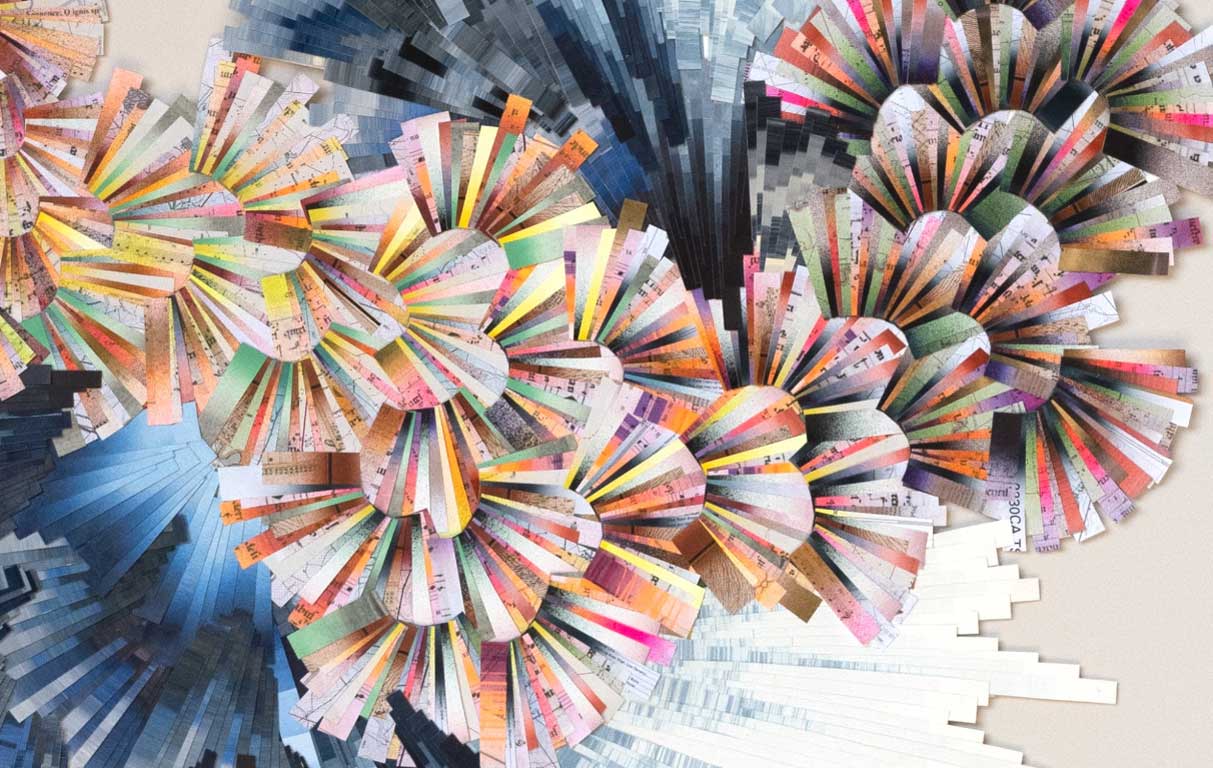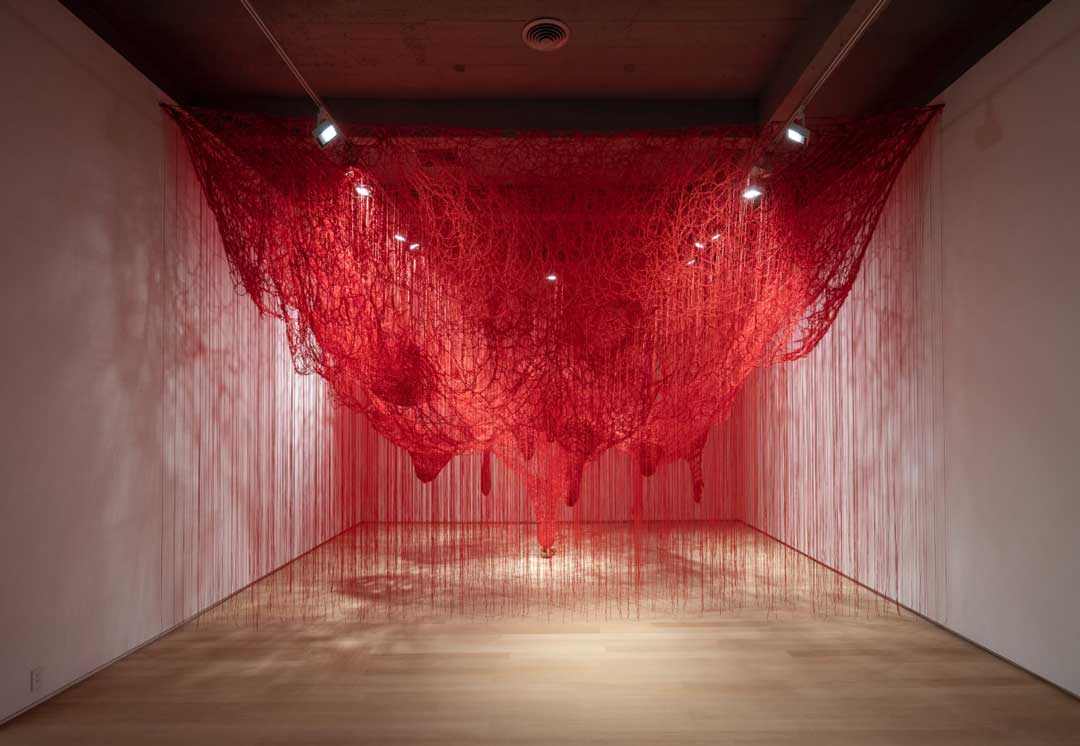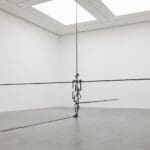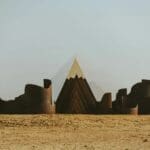Interlocking modules create the overall structure of the biocemented sculpture prototypes
‘MICROBES MAKES MOUNTAINS’ AT MIT KELLER GALLERY
In Laura Maria Gonzalez’s exhibition Microbes Make Mountains, the researcher and designer sheds light on Earth’s tiniest architects — microbes — whose silent work has been shaping our ecosystems for billions of years. On display at MIT’s Keller Gallery, this showcase delves into the intersection of design and microbial life, unveiling the hidden artistry of these ancient communities and their potential to influence design concepts. As Gonzalez showcases the potential for these lifeforms to influence design concepts, she provides a fresh perspective on the intricate dance of life and geology, prompting us to reimagine how we build and live.
The installations draw inspiration from the vibrant mineral formations found in places such as Spain’s Rio Tinto and Ethiopia’s Danakil Depression, where microbial communities significantly contribute to the creation of striking mineral patterns. Building upon this, Gonzalez showcases the potential of bacteria to create biocement, a sustainable alternative to traditional concrete which is produced through a delicate act of cultivation and creation.






